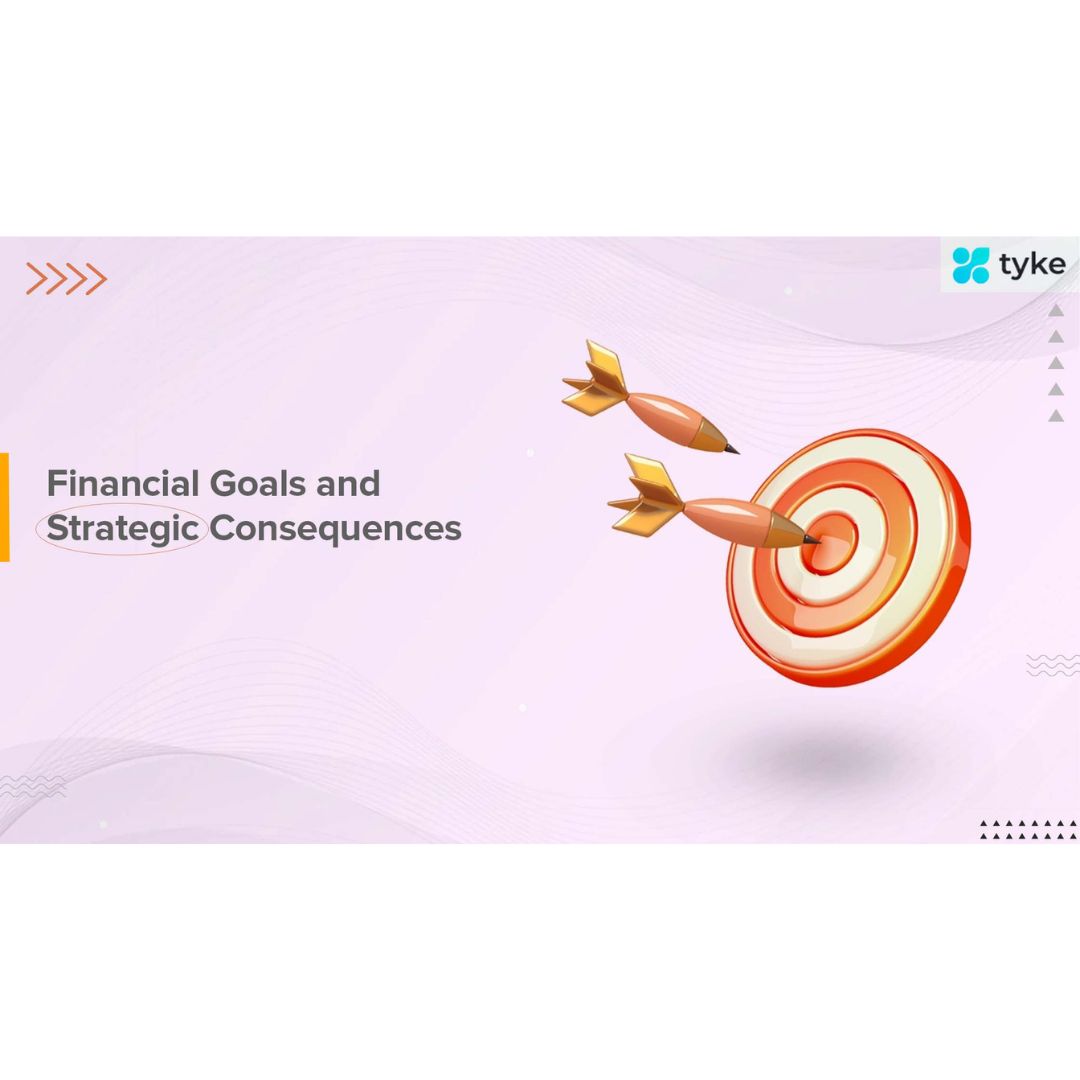Do you ever feel like you’re working so hard but not getting anywhere with your money?
Or do you think you’ve been working your tail off but never have anything to show?
Here’s the thing: if you don’t establish the financial goals of an organization, you’ll undoubtedly feel like you’re just spinning your wheels. The role of finance in strategy implementation is very crucial. So, it’s time to set some financial goals if you want to start going finally.
What Are Financial Goals?
The financial goals of an organization are any financial strategy you have. You may set short-term and long-term goals. Saving $1,000, for example, is a short-term financial objective, but investing for retirement is a long-term financial goal. Your goals should keep you focused and responsible, no matter how long it takes to achieve them!
Why are financial goals important?
Before discussing how to develop financial objectives, understand why they’re important. Many of us want to be pleased with our current economic condition, which, although fair, is inadequate when you want to purchase a house or save enough for retirement to cease job hunting. Financial objectives are involved.
Life and financial goals give us something to work for. When we have a goal, we want to coordinate our efforts.
Financial success requires setting objectives and preparing ahead. We’re more realistic about our money and link them to our ambitions. The role of finance in strategy implementation assists in prioritizing spending and achieving financial restraint.
When it comes to financial goals, there is no one-size-fits-all approach to creating them. Simply keeping a few basic things in mind and being precise with your planning can go a long way in not only helping you establish but also achieve your financial goals.
The Types of financial goals of an organization
You may divide your financial goals into three categories:
Short-term financial goals:
Small financial goals may be accomplished in a year. For example, saving for a large-ticket item such as a new television, a laptop, or a trip is probable within a year.
Medium-term financial goals:
This might take up to five years to achieve. This includes significant investments such as paying off credit card debt or saving for a vehicle.
Long-term financial goals:
These will take more than five years to achieve, such as saving for retirement or purchasing a new house.
To attain medium and long-term goals, many stages will be required. It is critical to divide them into milestones to monitor your development over time. This method may also help with short-term goals, although it is not always essential. That is determined by what inspires you.
How do you define financial goals?

Personal Finance Goals Examples
Still not sure what you want to achieve?
Here are some examples of personal financial goals to get you started:
1. Create an emergency fund.
Life is unexpected. Thus, it is crucial to be prepared. Saving for crises is one of the few goals that is required. Regardless of your position, it should be the first one you establish.
It is up to you to determine what constitutes an emergency.
Several scenarios may fall within this category, including:
- Medical costs
- Loss of employment
- Accidents
- Appliances that have failed
- Vehicle maintenance
Emergency reserves can cushion the financial hit when something unexpected and costly happens.
The amount you save for an emergency will vary. It takes nine months to find new work after being laid off. With this in mind, keeping around nine months’ income for emergencies is preferable.
2. Pay off your debts.
One of the most prevalent financial goals is debt repayment. Nobody feels safe knowing they owe enormous quantities of money. And, since the amount you owe is already a definite figure, paying off debt is a simple financial objective.
Aside from paying all your monthly payments, the most excellent method to make genuine progress is to quit borrowing. Adding to your debt will drive you farther away from your objective, so be strict and attentive. This objective is certainly a mid-term goal in some circumstances, although there are methods to get out of debt quickly.
3. Put money aside for retirement.
Saving for retirement is a goal that many people strive for their whole lives. It is the epitome of a long-term investment.
It is critical to assess your particular retirement requirements. The most profitable approach to invest for your future is to set up a 401(k) or similar retirement plan. Remember that the sooner you get started, the better off you will be in the long term.
4. Aim towards home ownership.
A frequent long-term financial aim is to purchase a house. Saving for a down payment or paying off a mortgage is a major milestone in homeownership.
The easiest way to secure a modest house loan is to save a sizable down payment. And, if you save enough money, you may be able to avoid the expense of Private Mortgage Insurance, which would save you even more money.
5. Pay off your car.
Car payments aren’t a necessity. Car loan repayment is a mid-term financial goal of an organization. The large loan should pay off in a few years.
There are “n” numbers of financial goals examples. Here’s one, after paying off your automobile loan, don’t hurry to the dealership. It suggests using loan payments to pay off debts or save money. You’ve already paid off one loan, so don’t start another. To maximize your return, determine when to sell or trade in your car.
Keep driving your old car until you have a large down payment. Try to buy your next automobile debt-free.
Strategies for setting financial goals
Let’s look at the best ways to set financial goals:
Examine your priorities.
When it comes to financial goals, the first and most crucial step is determining what is most important to you. Depending on your stage of life and job, you may have various goals that influence your financial goals.
Examine your net wealth.
Before establishing any goals for yourself, you need to assess your present financial situation. When you know how much money you have, you can plan your goals better and figure out the best way to obtain the additional money you will need over time to reach your goals.
Determine your goals.
Everyone has many financial goals they wish to attain in their lives, but not all of them can accomplish them simultaneously. When setting financial goals, differentiate between short-term, mid-term, and long-term goals. You may create a goal chart. Please list your goals and the period you want to attain them.
Make a budget.
Creating a budget to track your spending and savings is essential to achieving your financial goals. A realistic budget is the first step in setting financial goals for yourself. A budget can help you develop financial discipline by managing your costs and spending and creating the corpus required to achieve your goals. Making a budget is not a Herculean undertaking; it involves thinking and proper preparation.
Monitor your growth regularly.
When creating financial goals, consider how far you’ve come in terms of your money. Monitoring your costs, savings, investments, and asset development regularly will allow you to make the appropriate adjustments.
Bottom Line
Your financial goals should match your other goals.
These are different things to think about that might be helpful:
- Personal goals
- Relationship goals
- Career goals
- Work goals
- Fitness goals
- Personal development goals
- Spiritual goals
Setting and attaining financial goals of an organization in all aspects of your life can help you increase your overall self-esteem. Allow to assist you along the road. You may create attainable goals that are suited to your lifestyle with the correct help.
Everyone will get a different response. We can help you prioritize your spending if needed. We can determine what is most important to you if we work together.
